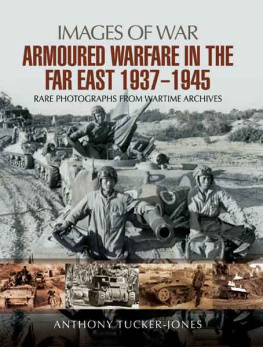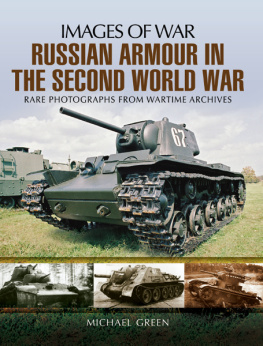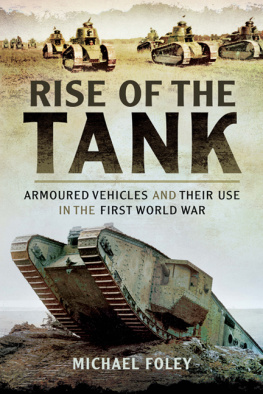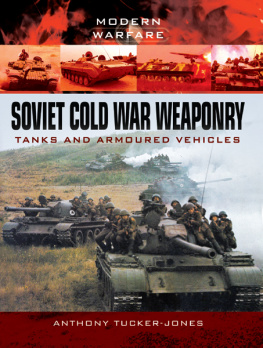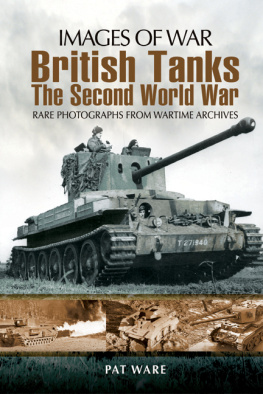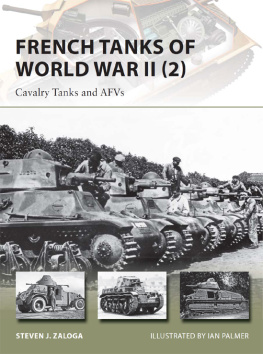TANKS
100 YEARS OF EVOLUTION

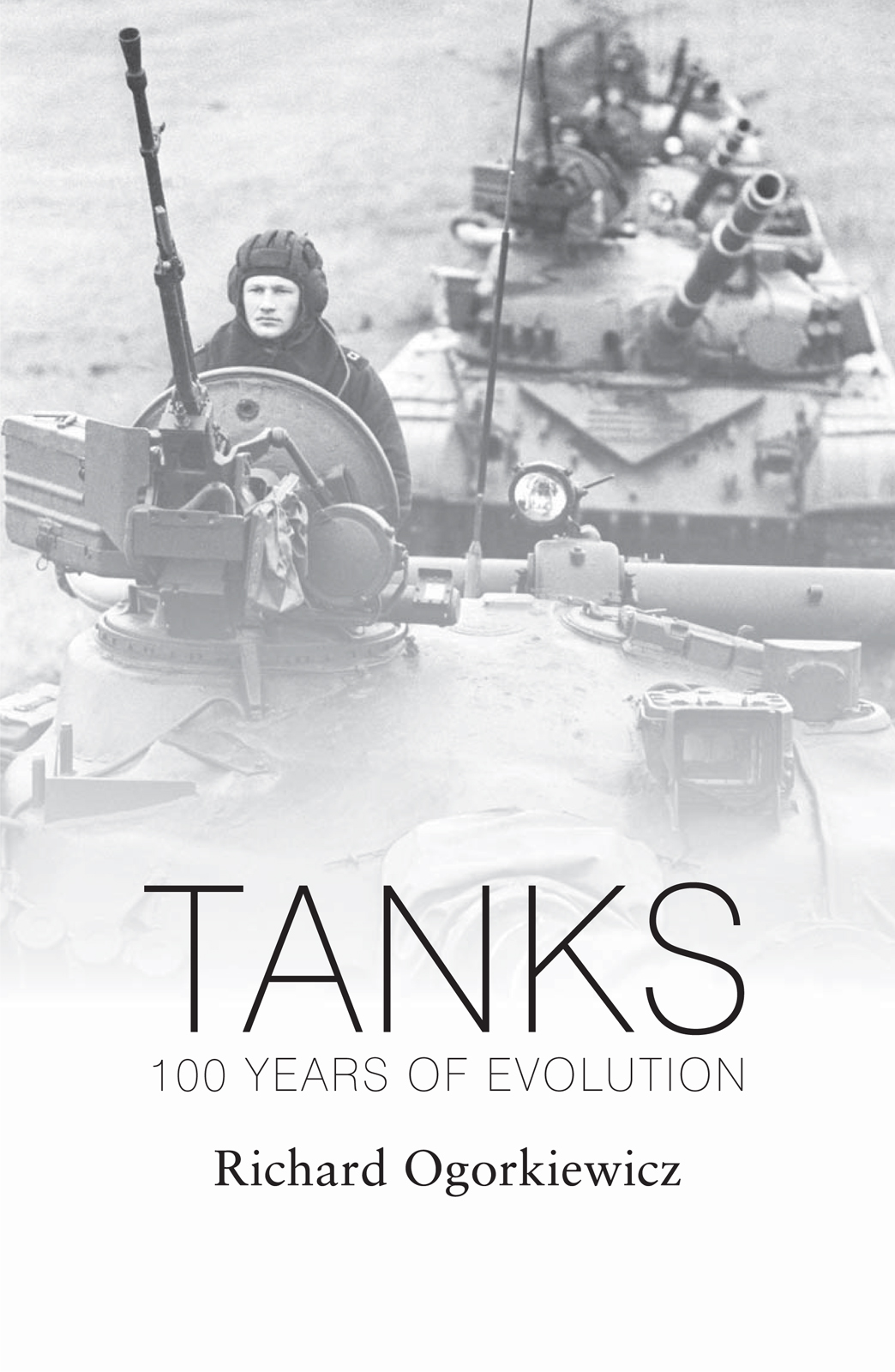
Contents
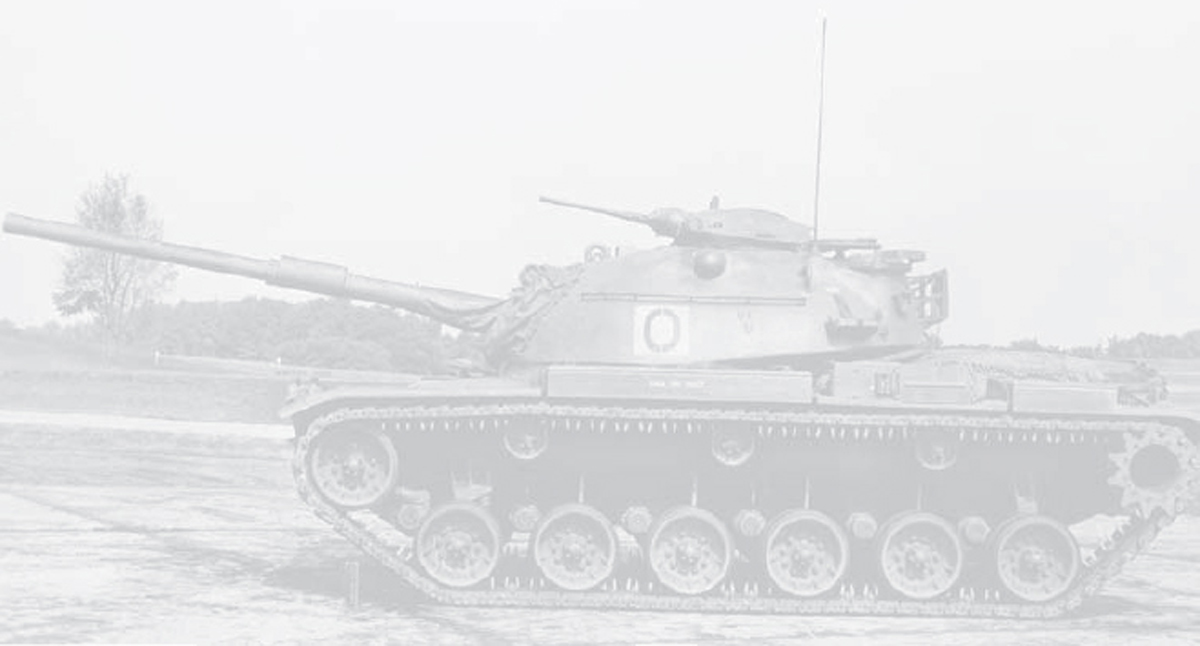
Introduction
The aim of this book is to present a comprehensive account of the worldwide evolution and employment of tanks from their inception a century ago to this day.
Because of their military importance and general interest much has been written already about tanks, including three books of which I have been the author. However, there is much more to be said about them, not only because of the more recent developments or because of tanks worldwide proliferation but also because of the misconceptions about their origins and other developments.
In consequence, the present account starts with a reappraisal of what led to the development of tanks and how they came into being during the First World War. By the end of that conflict tanks had gained considerable importance but this was not sustained in its immediate aftermath, and a revival only began when the British Army started in the 1920s to experiment with a more mobile use of tanks. The subsequent rise in the importance of tanks was accompanied by and was partly due to the advances in their design and performance that were achieved in Europe and America before the Second World War. The enhanced capabilities that tanks consequently acquired enabled them to become the core of combined arms, mechanized formations and these provided the most effective way of employing them, which was demonstrated by the German panzer divisions at the outset of the Second World War.
The successes of the panzer divisions were followed by a widespread expansion of the armoured forces, which came to dominate ground warfare and resulted in the large scale production and employment of tanks during the Second World War by the Soviet Union, the United States and Britain as well as Germany.
The present account goes on to describe the development of tanks during the years of Cold War confrontation between the Western countries and the Soviet Union that followed the Second World War, when large numbers of tanks were deployed in Central Europe by the opposing armies and when further intensive development of them took place in what were at the time the five leading tank producing countries, namely the Soviet Union, the United States, Britain, France and Germany. Significant developments also took place in a number of other countries, in particular in Switzerland, Sweden and Israel, while others acquired tanks produced elsewhere. Important progress has also been made in the Far East, where Japan, South Korea and China have developed in recent years tanks that in some respects have overtaken those built in the United States and Europe, while India and Pakistan have embarked on the production, respectively, of the latest Russian and Chinese designs.
Tanks produced in the various countries may appear to differ, but much of the technology on which they are based is common to them and the principal aspects of it are summarized in three Appendices. The first deals with the general growth in the gun power of tanks and the attempts to improve on it by resorting to guided missiles, liquid propellants and electromagnetic launchers. The second Appendix describes the universal quest for greater protection, which involves not only the use of different armour materials but also explosive reactive armour and computerized active protection systems. The last Appendix concerns the mobility of tanks and includes, among others, the development of various types of engines as well as the interaction of tanks with the terrain on which they operate.
Although the book covers a wide field it does not claim to be exhaustive. It does not, therefore, attempt to deal with more than the most important or the most interesting of the many tanks that have been built. Similarly, it does not attempt to do more than indicate the principal operations in which tanks have taken part, a detailed description of the operations being beyond the scope of one volume.
Richard Ogorkiewicz

Acknowledgements
This book is the outcome of several years of study of the evolution of tanks during which I received much help and encouragement from many individuals that I would like to acknowledge with gratitude.
My early studies benefited from the help given to me by my father, Colonel M. A. Ogorkiewicz, and by Colonel R. J. Icks, in his day the leading American historian of tanks, with whom I corresponded regularly over a period of more than 20 years. I also benefited from discussions with Sir Basil Liddell Hart, whom I had the privilege of assisting when he was writing his history of the Royal Tank Regiment and who encouraged me to write my first book on armoured forces.
During the course of my studies I had the good fortune to meet and subsequently be able to correspond with some of the pioneers of tank development, including Lieutenant Colonel Philip Johnson, whose Medium D tank led the way in the development of more mobile tanks after the First World War, and Leslie F. Little, who, as chief engineer of Vickers Armstrongs, was responsible for the design of the Valentine, the most numerous British tank of the Second World War. I also met and corresponded for several years with Lieutenant General Tomio Hara, who as a young engineer officer designed the first Japanese tank.
I also met some of the leaders of the more recent development of tanks and was able not only to discuss with them tank design but also to examine and to operate the tanks for which they were responsible. In particular they included Sven Berge, who was responsible for the design of the highly original Swedish S-tank, and Major General Israel Tal, who led the development of Israels Merkava tanks. They also included Dr Philip W. Lett, who as vice president of Chrysler Defense directed the development of the US Armys M1 tank. All three became close friends and I had the pleasure of serving with them for several years on the Technical Advisory Group of General Dynamics Land Systems.
Others who also became close friends included Dr M. G. Bekker, who introduced me in the early 1960s to his pioneer work in the United States on soil-vehicle mechanics, and Iwao Hayashi, who led the Mitsubishi Heavy Industries team that developed Japans Type 74 tank.
More recently I was able to share ideas and information with Professor Manfred Held, the inventor of explosive reactive armour, and Dr Vernon Joynt, the South African mine expert, while lecturing with them on armoured vehicle technology at the Royal Military College of Science over a period of more than ten years.
I have also benefited from sharing information with Rolf Hilmes, who directed studies at the German Defence Academy in Mannhein, with Christopher F. Foss, the editor of Janes Armour and Artillery, with Rickard O. Lindstrom, of the Swedish Defence Materiel Administration, and with David Fletcher, the historian at the Tank Museum in Bovington, who helped to unravel several historical questions.
Richard Ogorkiewicz, London
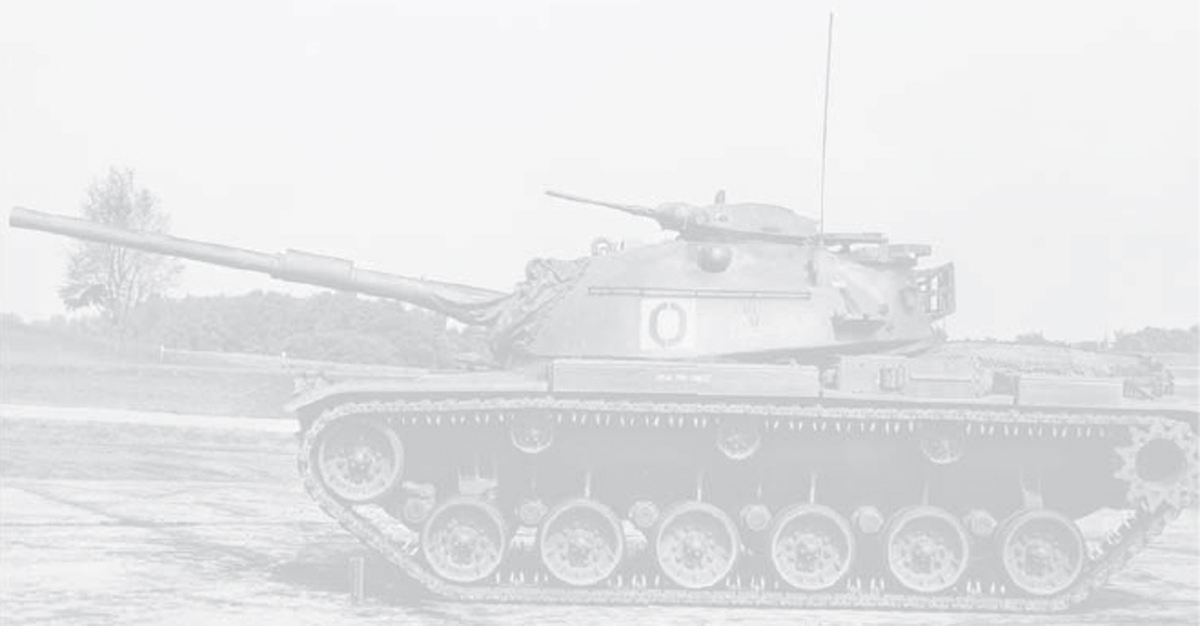
Next page


